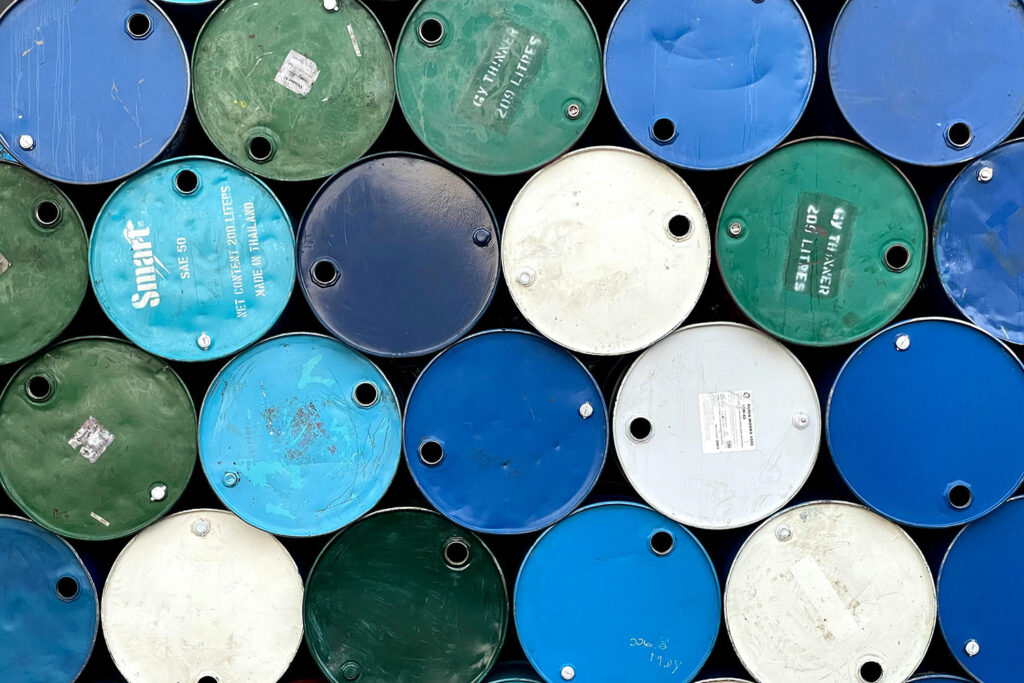Our Peak Oil Premium
Globe and Mail
Peak oil – it’s history, right?
Everything has changed so fast.
Two years ago, the world was facing an intractable oil crisis. “By 2012, surplus oil production capacity could entirely disappear,” the U.S. Defence Department declared in a major report. “A severe energy crunch is inevitable without a massive expansion of production and refining capacity.”
But now we’re told that the world is awash in oil. Deepwater production from the Gulf of Mexico and offshore Brazil is soaring. New “elephant” fields have been discovered off Ghana and possibly Angola. Meanwhile, hydrofracking technology is liberating hundreds of thousands of barrels a day from “tight” shale oil formations in North Dakota and Texas, with more coming on line from Colorado, Wyoming and even Ohio.
In his new book The Quest: Energy, Security and the Remaking of the Modern World, Pulitzer-winning energy analyst Daniel Yergin declares that the latest version of the peak oil thesis is just more handwringing by long-discredited Malthusians. Higher prices and new technologies will bring vast quantities of new oil to market. “The world has decades of further production growth before flattening out into a plateau – perhaps some time around mid-century.”
Whew, that was close. Glad we don’t have to worry about that problem any more!
But there’s a nagging issue: Oil prices remain stubbornly high. The North American benchmark price of West Texas Intermediate is hovering around $100 a barrel. The world benchmark price for Brent crude is currently about $110. Sure, the possibility of war with Iran has created a risk premium that explains a portion of this high price. But the fact remains that oil has been trading around $100 a barrel for about a year, despite chronic weakness in the world economy and on-again, off-again concerns about Iran.
In fact, as University of California energy economist James Hamilton shows in a new paper, except for brief periods in the late 1970s, early 1980s and in 2008, oil is far costlier in constant dollars today than at any time since the beginning of the modern oil age in the 19th century.
Last week, in a commentary in the scientific journal Nature, James Murray of the University of Washington and David King, former chief scientific adviser to the British government, showed how slack in global oil markets has largely vanished. Since 2005, when oil was about $50 a barrel, global conventional crude production, which is about 80 per cent of total crude supply, has stayed roughly constant at around 74 million barrels a day – despite average annual gains of 15 per cent in price.
Unconventional sources of oil – from Canada’s oil sands and U.S. shale oil, from biofuels and from natural gas production – boosted total liquids output to about 89 million barrels a day in 2011. But these unconventional sources are very expensive, averaging between $50 and $90 a barrel. Professors Murray and King show that since 2005, world oil supply has become far less responsive to increasing demand – in econo-speak, its price elasticity has fallen sharply. “As a result,” they write, “prices swing wildly in response to small changes in demand.”
Oil optimists like Mr. Yergin are good at creating straw men. For instance, they often claim that analysts concerned about oil supply believe the world will soon run out of oil. But no one makes such a silly claim.
Instead, concerned analysts usually point to two basic facts. First, each year, the world’s mature conventional fields produce about four million barrels a day less oil than the previous year, a gap that has to be filled just to keep global output constant. In only five years, that gap grows to 20 million barrels a day of production – equivalent to twice Saudi Arabia’s output, which is mammoth. Second, the world’s cheap and easy-to-get oil is disappearing fast. So, on average, each additional barrel requires more work, more complex technology, more environmental risk to get and refine than the last.
These two facts mean that humankind will have to invest staggering resources – many trillions of dollars – to find and produce new oil if global output is to grow steadily for decades into the future. The International Energy Agency in Paris and other analysts have been warning for years that current investment isn’t nearly enough to ensure such a supply. The result is likely to be a critical supply crunch, perhaps within this decade, which could cripple global economic growth.
The petroleum economist Chris Skrebowski defines peak oil as the point at which “the cost of incremental supply exceeds the price economies can pay without destroying growth.” We’re likely much closer to that kind of peak than most people, including Mr. Yergin, acknowledge.

Topics
Energy
Environmental Stress and Conflict
